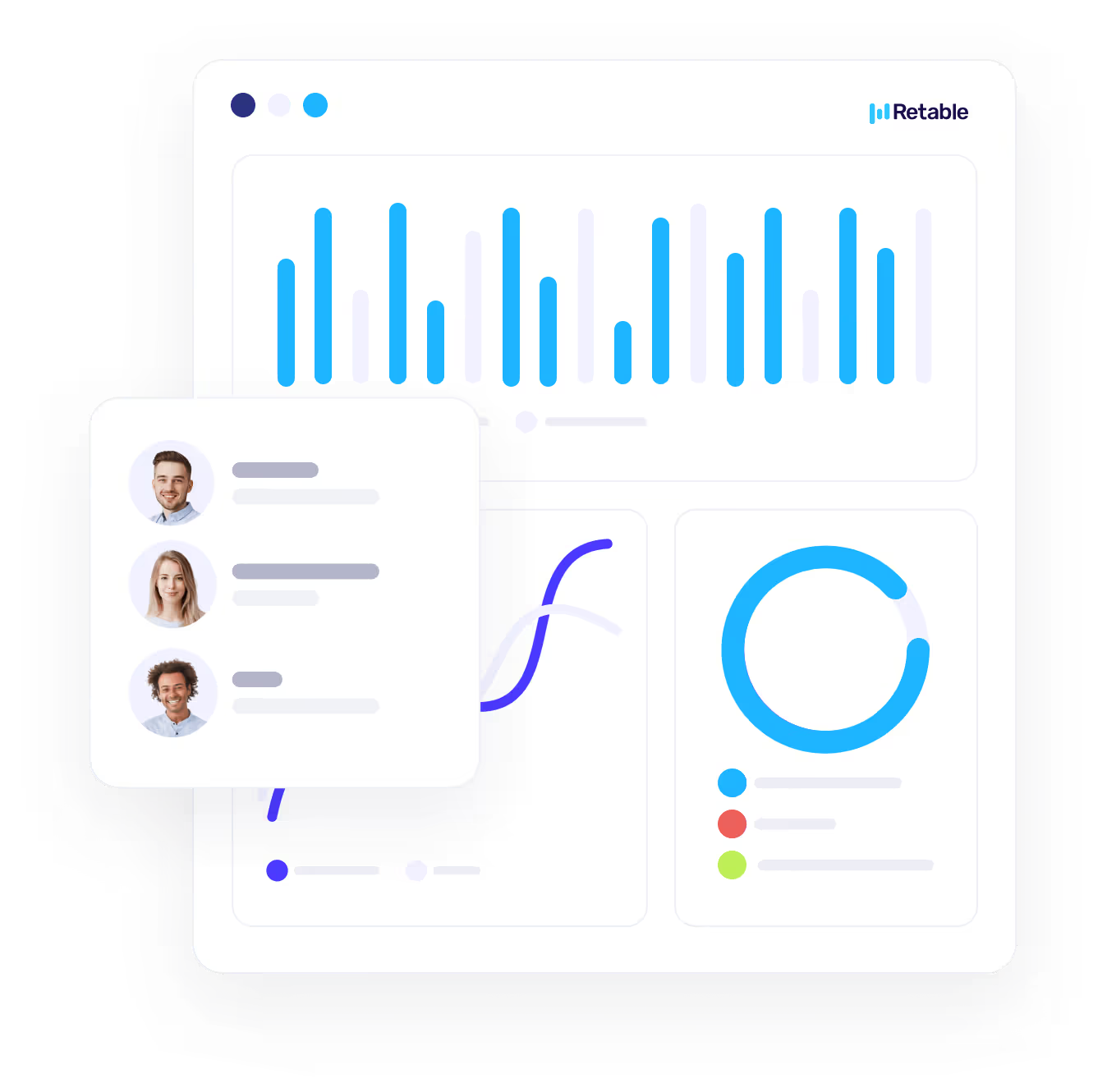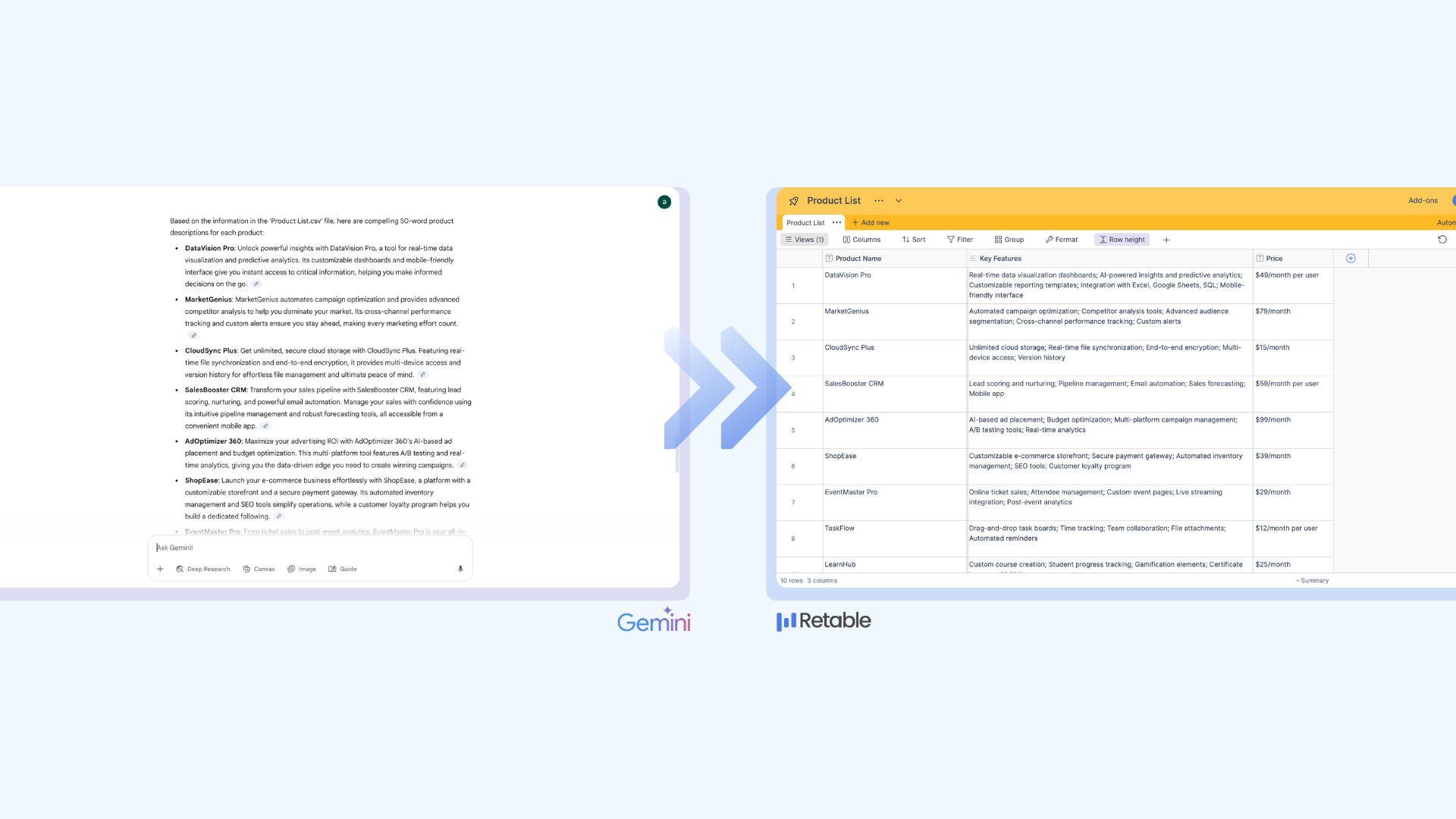When generating leads and turning your prospects into paying customers, online forms are a crucial part of your website toolkit. That’s because they’re a straightforward way to gather your prospects’ contact information, such as names and email addresses, and collect more detailed information that you can use to inform your decisions with data.
However, simply using forms on your website isn’t good enough if you want to make sure you’re getting the most out of your prospects. To use forms effectively, you’ll need to know if they’re working. Are people actually filling out your forms once they’ve clicked on them? And what are the points at which many people abandon your forms?
This is where form analytics come in. By examining user interactions with your forms, you’ll be able to identify trends and generate useful insights into the potential pain points in your forms. This will let you improve the user experience of your forms, making it more likely that users will complete them. Keep reading to find out more about the power of form analytics.
What is form analytics?
If you run a successful business in 2024, you probably employ analytics across a range of different website elements. You might use customer data to produce insights into your marketing strategies or, if you’re an international company, you might examine specific audiences by running analytics on your .hk domain, for instance.
Form analytics simply applies this same method of analyzing data to your forms: it tracks the behavior of your users when they’re interacting with your forms, and analyzes this data to produce insights that you can work on.
These data collection methods are essential for understanding how users engage with your forms and improving their experience.

This sort of data is crucial to improving your online forms. This means that form analytics should be a central part of any attempt to improve your website’s user experience, as you’ll be able to use it to eliminate some of the biggest issues holding your forms back.
What can you measure with form analytics?
As with any type of data analytics, you’ll need to have some idea of the metrics that you can track before you get started with form analytics. Here are the most useful metrics in the world of form analytics:
Form interactions
This is a nice and easy metric: it simply measures how many users interacted with your form. It provides an interesting insight into how effective your web design is—if the number of visitors to a page is much higher than the number of form interactions, you’ll probably have to redesign the form so that it is more appealing to users.
Drop-offs
Form abandonment is one of the most frustrating parts of using online forms to generate leads. After all, it’s the epitome of being so close yet so far—a user dropping off during the completion of a form is clearly a lost customer.
Measuring drop-off rates is, therefore, a great way to know how engaging the form is for your users. If you see that one form in particular has a high drop-off rate, for instance, you might decide to make it shorter or simpler to complete.
Submits
At the opposite end of the spectrum to drop-offs is the submit rate. This is the number of forms that have been completed fully, which will allow you to locate the most effective forms.
You’ll be able to use this to know which types of forms resonate the most with your users and adapt the rest of your forms to this crucial information.
Ignore rate
It’s sometimes possible to submit forms without filling in every field. The ignore rate measures the amount of questions that are left unanswered, which will let you see which fields are completed less often by your users.
This is a great bit of data, as shorter forms are more likely to be submitted—use the ignore rate to cut out your most ineffective fields.
Refill rate
The refill rate measures the amount of times that a user has had to go back and refill the form again. This is a good indication of any technical issues that might be lurking in the background of your website infrastructure, as refills are often caused by the form reloading.
A high refill rate might be a sign that you need to check your code for errors or bugs. If you find that this is the case, you’ll need to work on how you embed online forms throughout your website.
Duration
You can also measure the amount of time that your users spend completing your forms. This can be broken down into specific fields, allowing you to see the “hesitation time” that users have when it comes to certain questions.
You could cut out or simplify fields with high hesitation times to make your form easier to complete.
Conversion rate
One of the most important metrics in form analytics is conversion rate, which is the overall proportion of page visitors who successfully completed the form. This is a great way to see the general effectiveness of your forms, as it takes into account the forms’ placement on the web page and the individual aspects of the form itself.
Benefits of form analytics
By examining key metrics such as form interactions and submit rates, form analytics is a great way to gather more information about how well your forms are working. Integrating form analytics with smart online spreadsheets can provide you with actionable insights, enabling you to streamline form design and enhance user engagement.
But what are the main benefits you’ll see once you start to use that information to improve user experience?
- Lower levels of form abandonment
Form abandonment is the most damaging issue when it comes to online forms. By leveraging the insights that come out of form analytics, you’ll be able to diagnose the problems that cause form abandonment and rectify those problems.
- More fully completed forms
By using metrics such as the ignore rate, you’ll be able to adapt your forms so that fewer fields go ignored. This will lead to more fully completed forms, ensuring that you get the data that you really want about your users.
- Higher levels of lead conversion
When you look at the big picture, using form analytics to improve the user experience will lead to more lead conversions, which will ultimately lead to more customers and higher levels of turnover.
Using form analytics to improve your forms: 3 practical strategies
Form analytics is a very powerful tool to improve the user experience of your online forms. Here are three of our practical strategies that you can use to improve your forms with form analytics:
- Add or improve error messages
If you’re completing a form and fill in a field incorrectly, you’re unlikely to carry on if you don’t receive clear messaging about how to fill it in correctly. This means that ineffective error messaging is a key reason why users abandon forms.
To mitigate this, you should use form analytics to find out which questions have a high ignore rate or which regularly lead to form abandonment. This will let you think about how you could rephrase the question or create an error message that will allow your users to quickly change their responses.

These error messages should always be on the same level as the field so that they’re easy to read and respond to. You might also want to consider using a visual sign of a correct response, such as a green tick, to encourage users to carry on with the form.
- Adapt your forms for mobile
When you’re building a website, you should always consider how it will look on both desktop and mobile. However, too often, forms are suitable for completion on desktops alone. If your form analytics suggest that you have a high drop-off rate, you should try to make sure that your form can be completed easily on a mobile.
Don't forget to enhance the user experience further by incorporating visuals; consider adding images to your blog to complement your content and engage your audience visually.
- Cut down on your fields
One of the most common reasons people abandon a form in the middle of completing it is that it takes too long. That’s why it’s important to ruthlessly cut down the number of different fields in your form—and form analytics can help you identify the fields to remove.
Use metrics such as hesitation time and ignore rates to work out which fields are the most problematic for users. Often, these will be questions that don’t have a simple answer or ask for a lot of personal information. You can then use this information to cut these fields out of your form, making it more likely that users will complete your online forms.
Form analytics: the key to better online forms
Online forms are one of the most important parts of your website. To make sure that you’re making the most out of your forms, however, you need to use form analytics to know as much as possible about how users complete your forms. This means that you can use tools such as Retable’s online forms alongside form analytics to boost your conversion rate.
By measuring metrics such as form interactions and ignore rates, you’ll be able to identify the weaknesses of your forms from the user’s perspective—ensuring that you can improve every form and elevate the user experience. Start improving your online forms today!
more
Related Resources
Create your smart data management solution
Plan, track, and analyse with your ease. Transform your data with an all-in-one platform, collaborate with your teammates.
Try for free!
.avif)
.avif)


